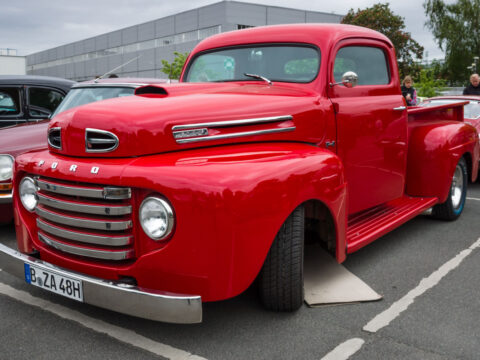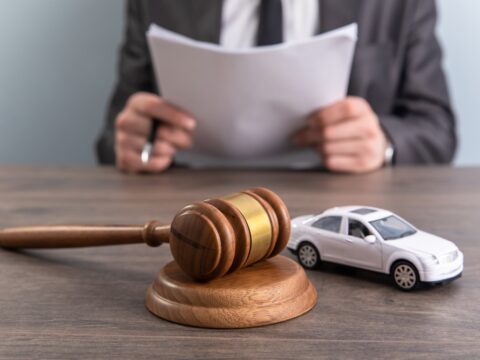Muscle cars are famous for their power and rugged looks, but not all are universally praised for their design. This article explores the less conventionally attractive muscle cars—those that may not win beauty contests but still pack a powerful performance.
Contents
Ford Mustang II

The second generation of the Mustang, often referred to as the Mustang II, is a prime example of how not to redesign a classic. Ford downsized the Mustang to save on fuel during the oil crisis of the 1970s. Many car enthusiasts dislike its compact size, round headlights, and overall lack of muscle car aesthetics. The Mustang II has a meager output, with the base model having a 2.3-liter four-cylinder engine with only 88 horsepower.
1980 Chevrolet Corvette

The 1980 Corvette is often criticized for its overly plasticky appearance. The car’s looks were compromised due to the need for weight reduction, leading to heavy use of fiberglass. The 1980 Corvette came with a 5.7-liter V8 engine producing just 190 horsepower due to the emissions regulations of the time, which many felt did not live up to the Corvette legacy.
1973 AMC Gremlin
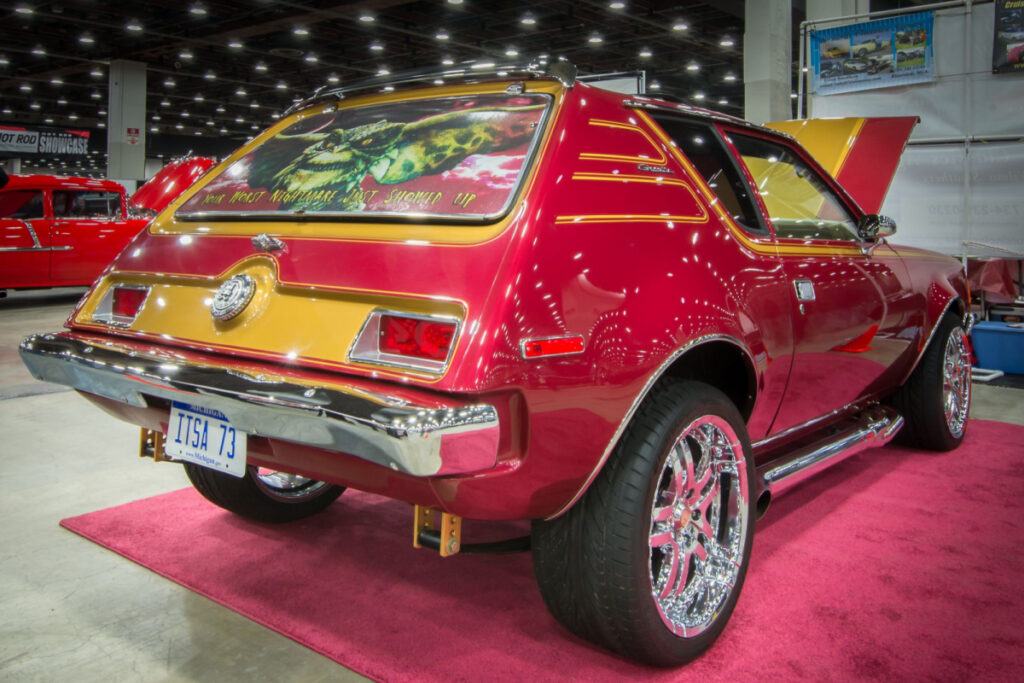
The AMC Gremlin was a subcompact car that tried to play in the muscle car world with its V8 option. Despite its gutsy 5.0-liter V8 engine, many people found the car’s chopped-off rear end and lengthy front unsightly. The Gremlin’s oddly proportioned bodywork has earned it a place in the annals of the ugliest muscle cars.
1981-83 Chrysler Imperial
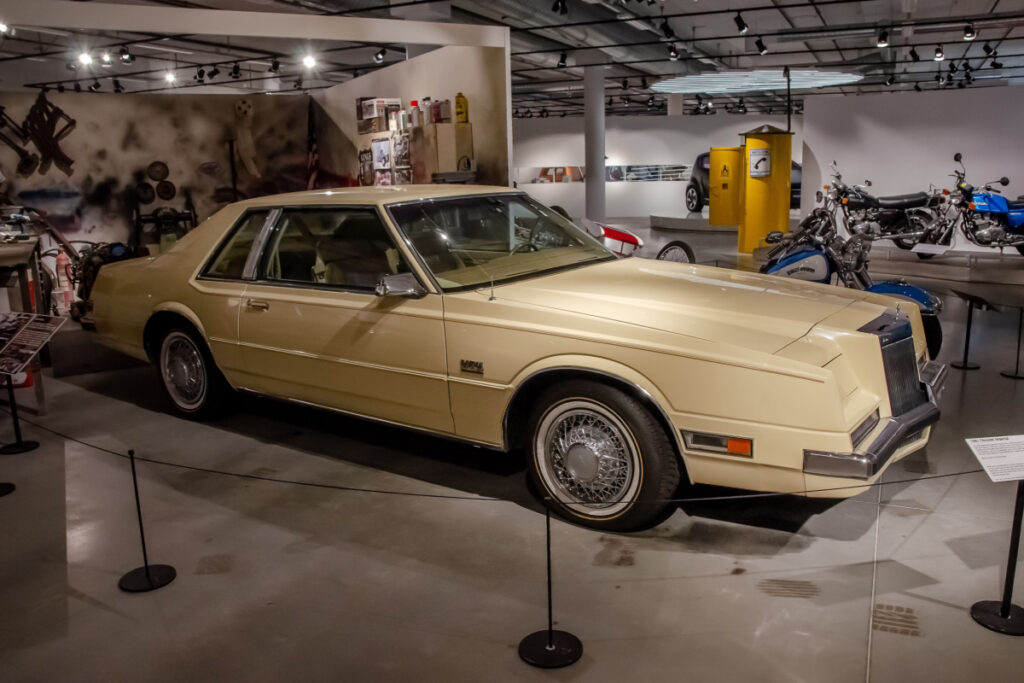
Chrysler’s attempt to revive the Imperial brand in the 1980s fell flat. The car’s bizarre rectangular headlights and excessively square body shape didn’t impress many. Under the hood was a fuel-injected 5.2-liter V8 engine that churned out a mere 140 horsepower, adding insult to injury for muscle car enthusiasts.
1970 Mercury Cougar

The second-generation Mercury Cougar didn’t receive as warm a welcome as its predecessor. The car gained weight and size, losing its sporty appeal. Moreover, the recessed square grille and expanded body made it look less like a muscle car and more like a luxury coupe. Its base model came with a 5.8-liter Windsor V8 engine that generated 250 horsepower.
1974 Ford Torino
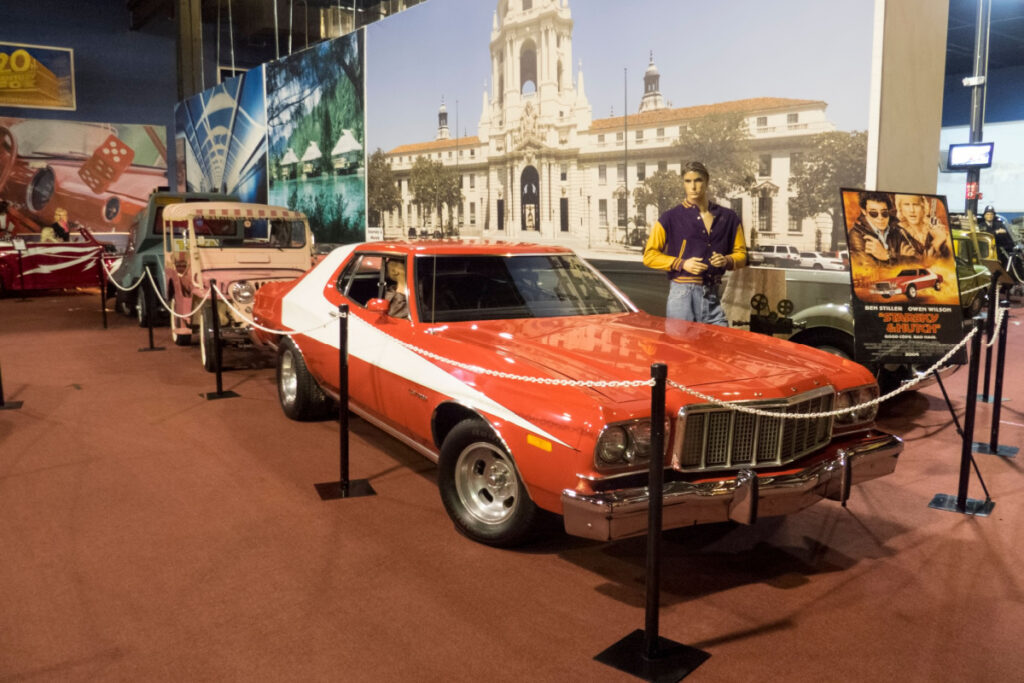
The Ford Torino was once a revered name in muscle cars, but the 1974 model let many fans down. The oversized, pointy front end and the slab-sided body made it look bloated and unwieldy. Despite a 7.5-liter V8 under the hood, stringent emission controls limited the output, which didn’t help its case.
1971 Plymouth Cricket

The Plymouth Cricket was essentially a re-badged British Hillman Avenger, which itself was not a looker. The car’s narrow, upright stance and elongated headlights made it look awkward. Despite offering a decent engine for its size, it never quite matched up to the muscular aura that its American counterparts exuded.
1978 Ford Pinto

The Ford Pinto had a reputation for safety issues, but its looks didn’t win any fans either. Its small size and strange proportions led to a less-than-muscular appearance. The car’s optional 2.8-liter V6 produced a paltry 103 horsepower, nowhere near true muscle car territory.
1974 Chevrolet Chevelle
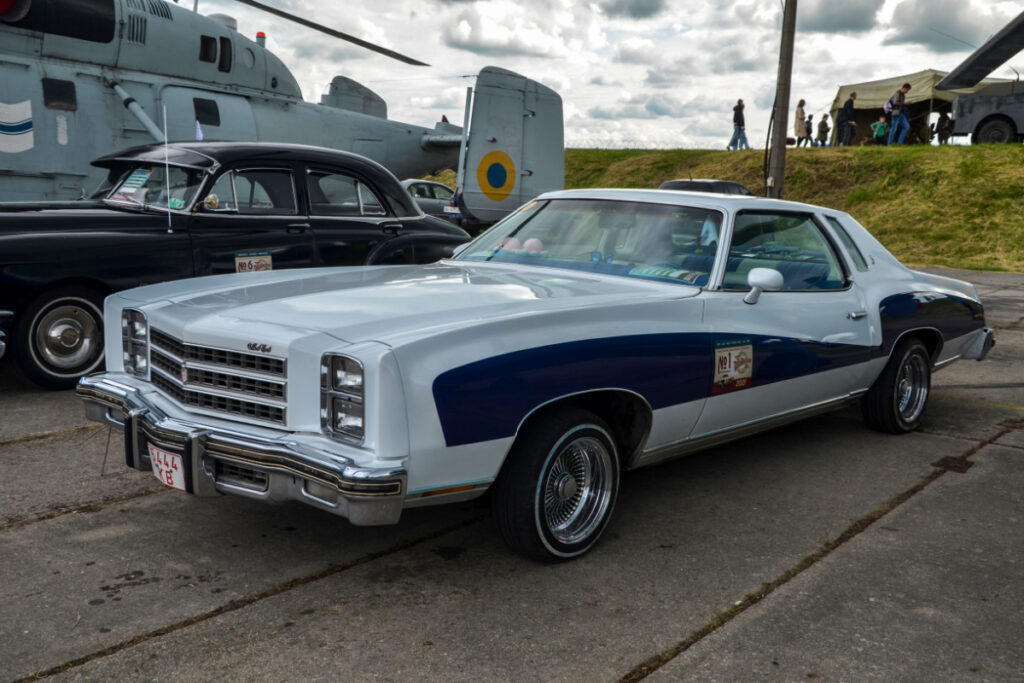
The third-generation Chevrolet Chevelle was met with criticism due to its ‘Colonnade’ hardtop styling and awkward proportions. The bulbous wheel arches and lengthy overhangs were far from appealing. The performance also declined due to emissions regulations, with the top-line 7.4-liter V8 engine producing only 235 horsepower.
1975 Plymouth Road Runner
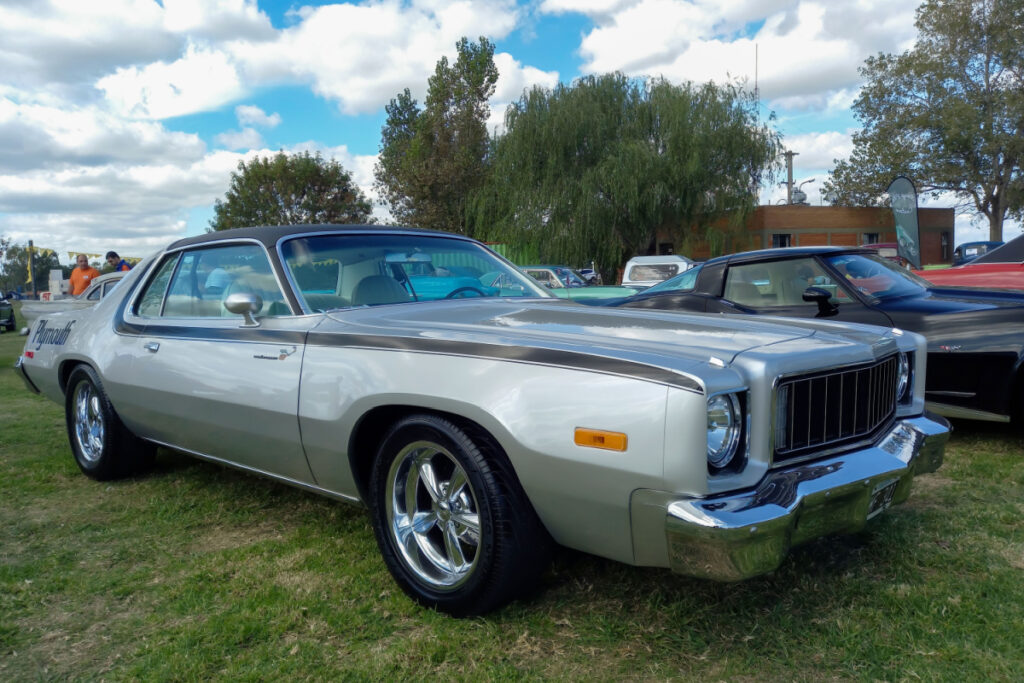
The 1975 model year was not kind to the Plymouth Road Runner. It had an oddly curved front end and boxy body, and the signature graphics of the Road Runner did little to save it from its unattractive design. Its standard 5.9-liter V8 was also strangled down to 165 horsepower because of emission standards.
1981 Pontiac Firebird
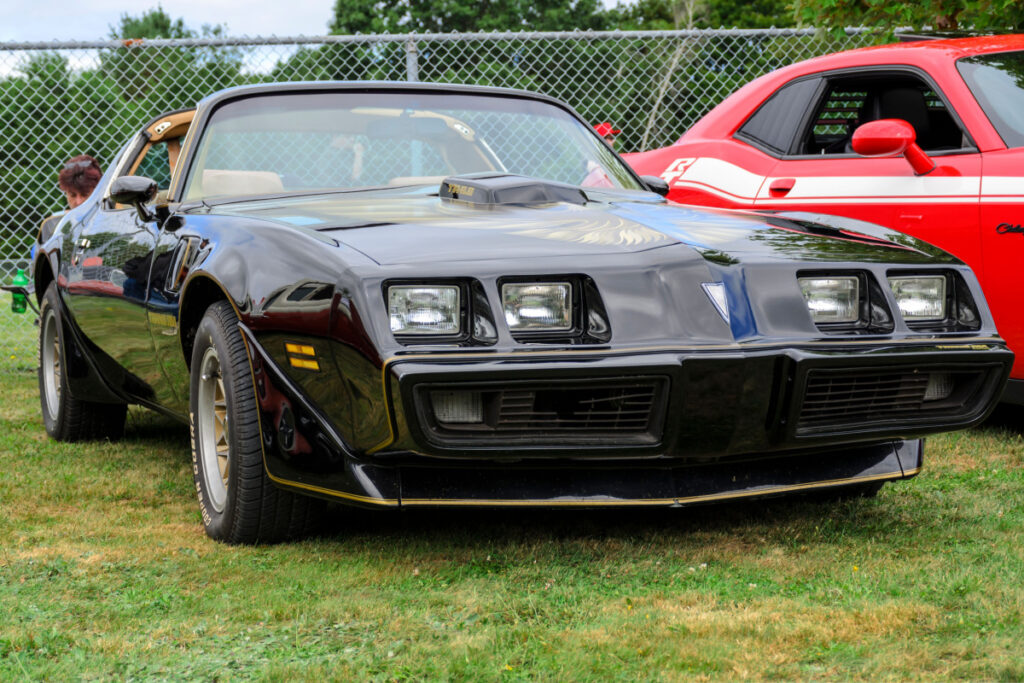
The third-generation Pontiac Firebird received a radical restyling with a focus on aerodynamics. However, the slanted front end and bubbled roofline didn’t gel well with muscle car enthusiasts who preferred the classic muscular design. Although it had a V8 engine, its performance was dulled due to emissions regulations.
1978 Dodge Magnum
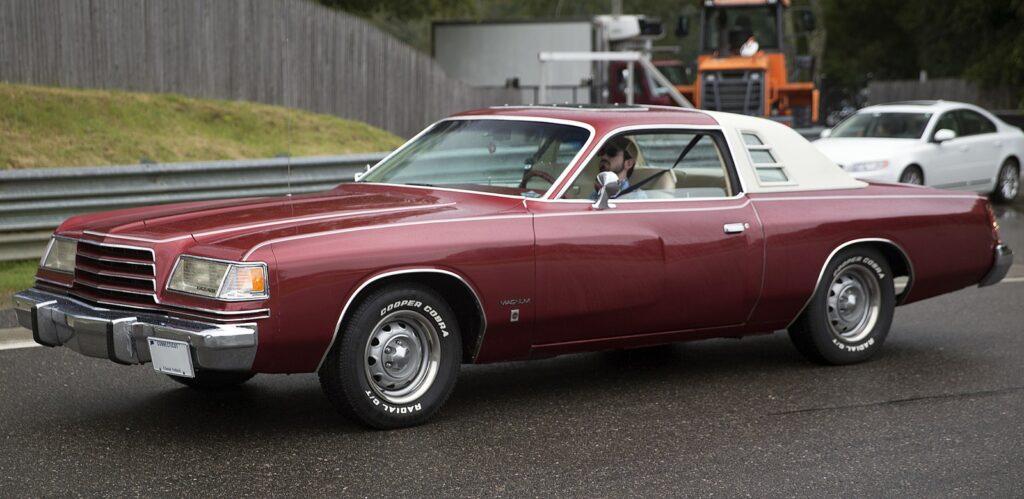
Introduced in 1978, the Dodge Magnum suffered from what many considered a forgettable exterior with an elongated front end and a somewhat bulky rear. Despite its lackluster looks, the Magnum could be equipped with a powerful 6.6-liter V8 engine, which delivered respectable performance figures for its era. This model was marketed as a luxury car with muscle car roots, featuring a plush interior and a relatively high price tag for its time.
1972 Ford Gran Torino
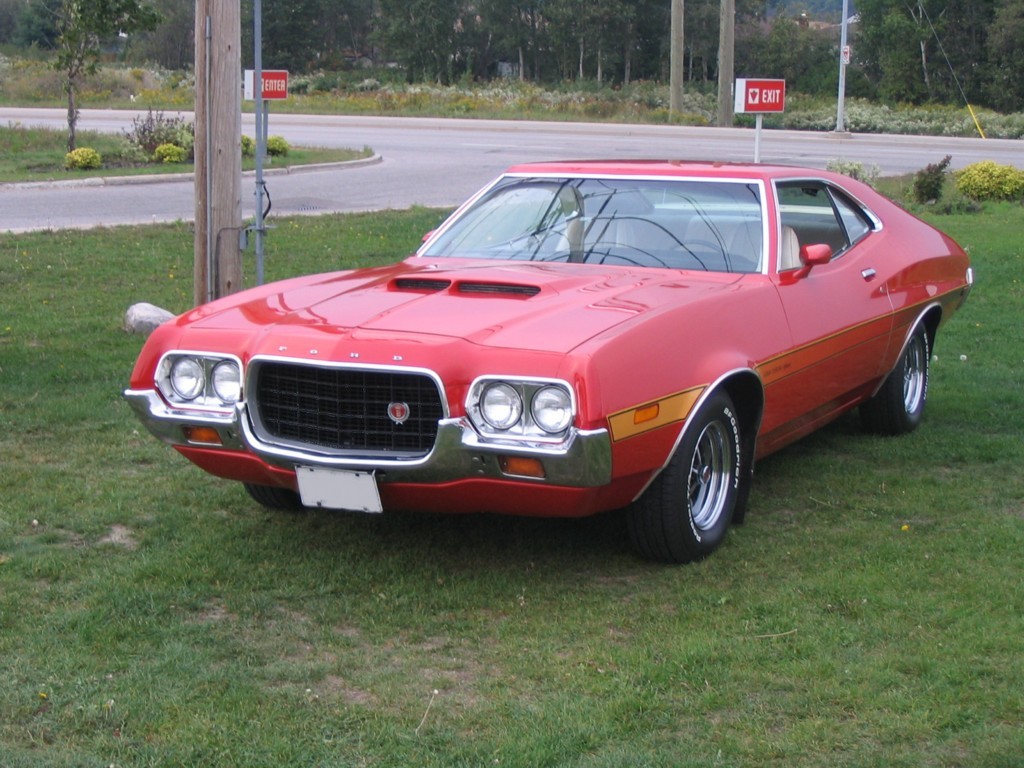
The 1972 Ford Gran Torino is often overlooked due to its large, boxy appearance, which was a departure from the sleeker designs of earlier muscle cars. However, it was available with a mighty 7.0-liter Cobra Jet V8 engine that provided robust power, making it a sleeper hit among muscle car enthusiasts. The Gran Torino starred in its own right in Clint Eastwood’s film “Gran Torino,” giving it a cult status despite its bulky frame.
1982 Oldsmobile Cutlass Supreme
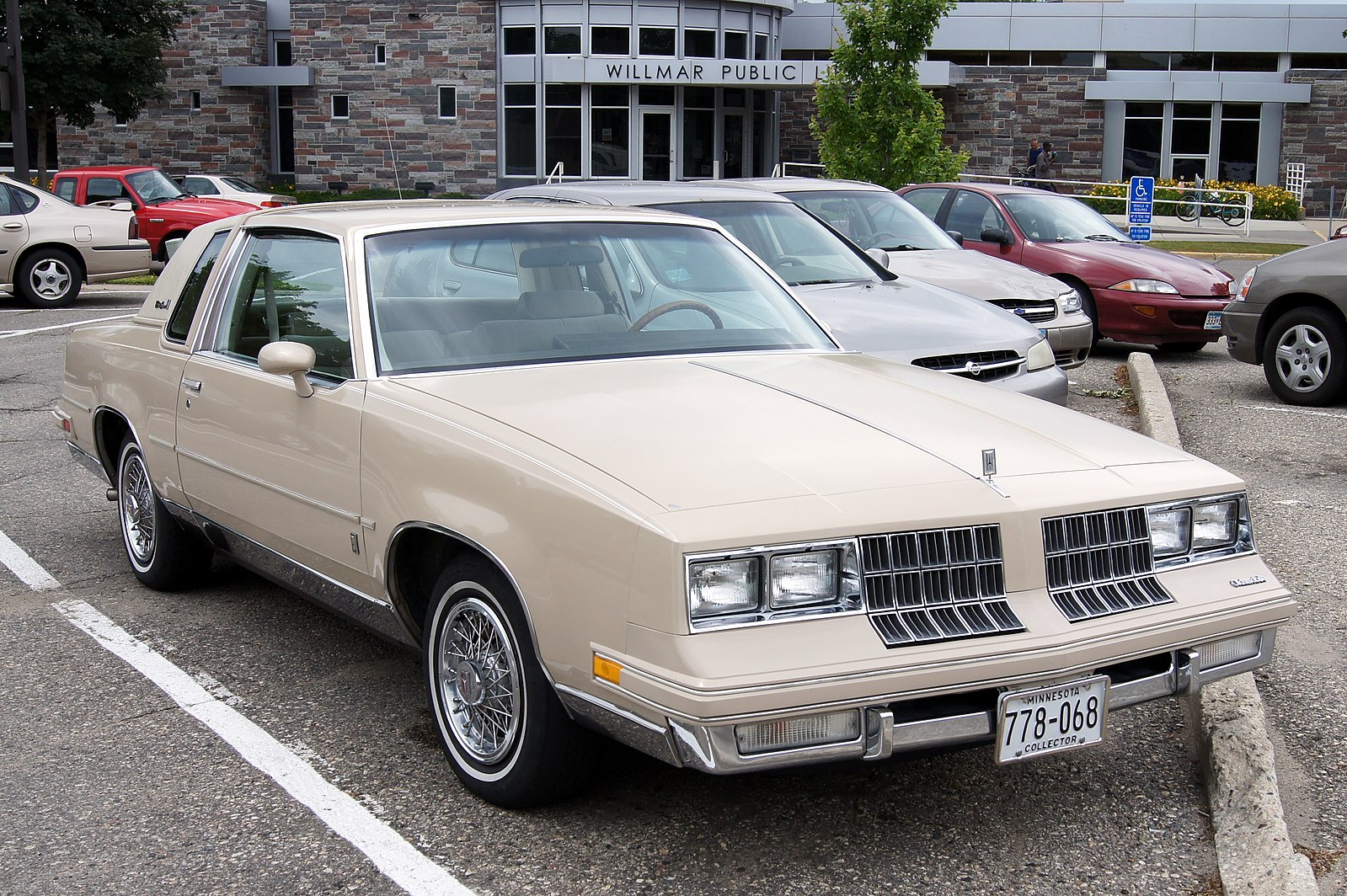
The 1982 Oldsmobile Cutlass Supreme featured a design that many considered dated and uninspiring, with a squared-off body and plain features. However, its performance was surprisingly spirited, thanks to the available 5.0-liter V8 engine. While it wasn’t the fastest on the block, it offered a balanced combination of comfort and power, making it a popular choice among those who valued subtlety and strength.
1976 Chevrolet Nova

The 1976 Chevy Nova is often noted for its plain, utilitarian design which lacked the flamboyance typical of muscle cars from the 1960s and early 1970s. Despite its modest appearance, the Nova could be outfitted with a 5.7-liter V8 that allowed it to perform admirably against more stylish competitors. Its understated look and solid performance made it a favorite among enthusiasts looking for an affordable muscle car without the usual flash.
1980 Pontiac Grand Prix
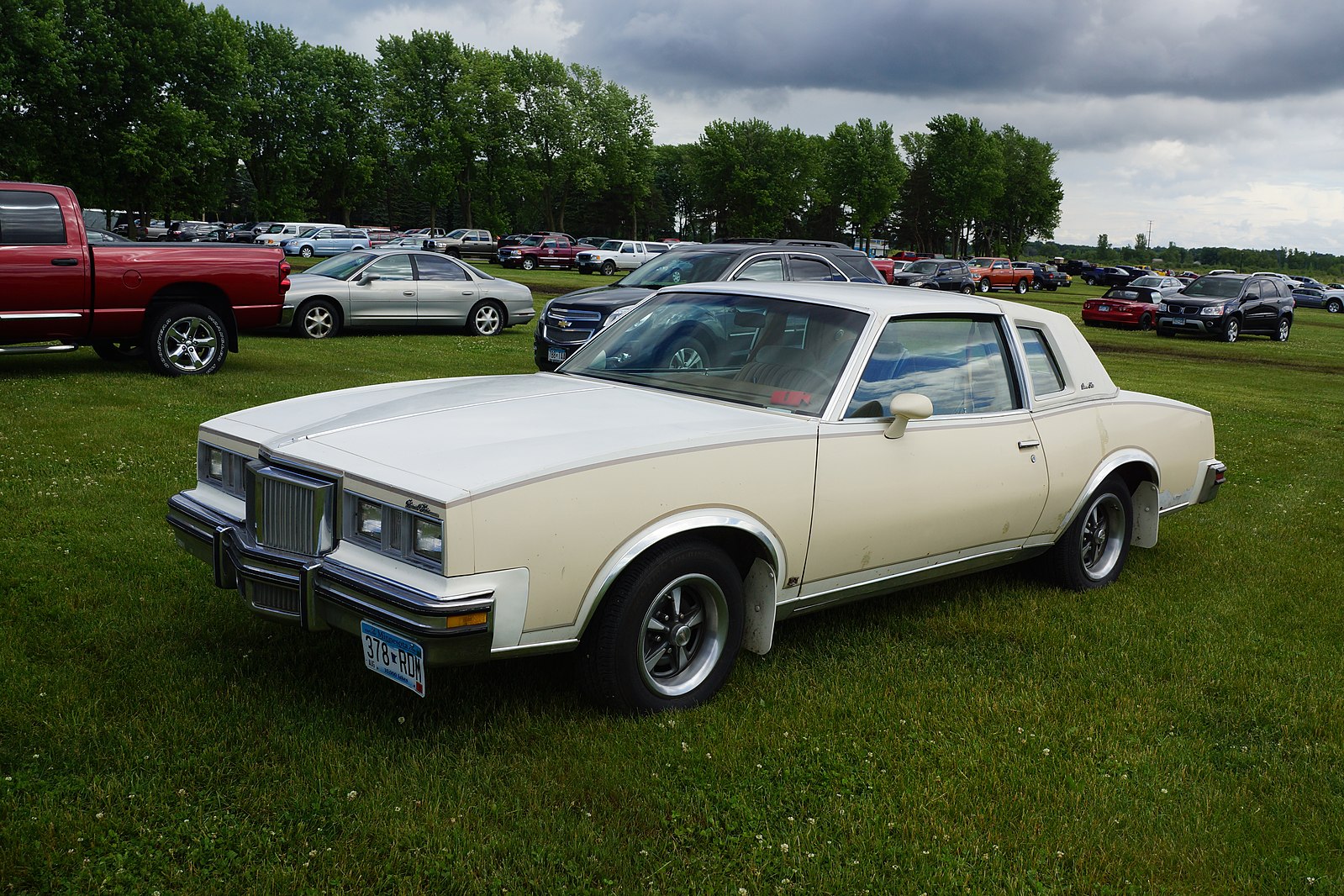
With a design criticized for being overly boxy and bland, the 1980 Pontiac Grand Prix was not a standout in terms of looks. However, it packed a 4.9-liter Turbo V8 engine, a rare option that provided a significant power boost. This engine choice made the Grand Prix a dark horse in the muscle car category, offering unexpected performance in a relatively unremarkable package.
1979 AMC Spirit AMX

The AMC Spirit AMX featured a design that many found too quirky, with an unusual hatchback shape that didn’t quite fit the muscle car mold. Despite its odd looks, the Spirit AMX was equipped with a 5.0-liter V8, which provided a much-needed performance punch. This model remains a unique symbol of AMC’s attempts to break into the performance car market with something distinctly different.
1977 Dodge Aspen R/T
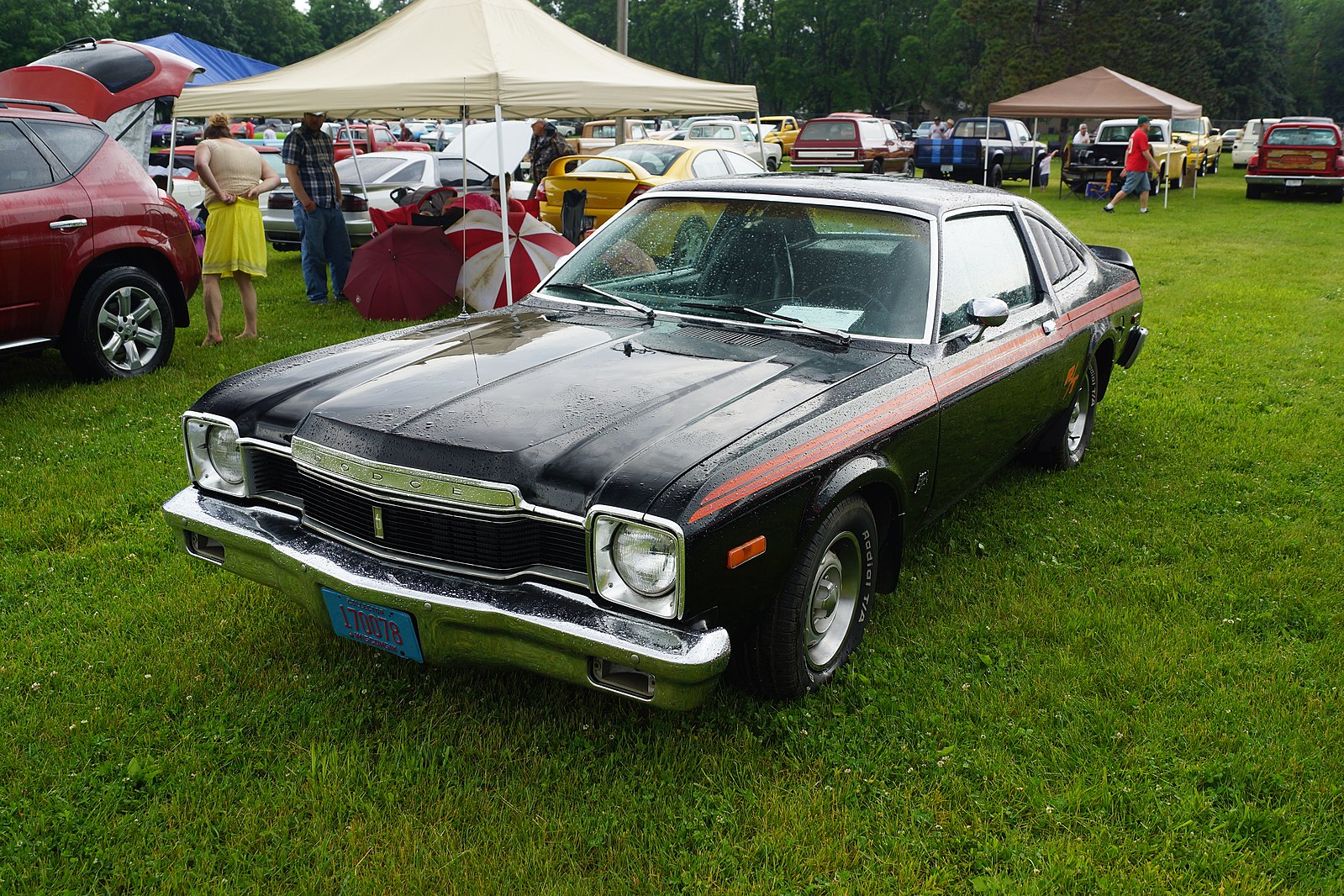
The Dodge Aspen R/T came with a look that was often criticized for its blandness and lack of distinctive muscle car traits. Despite its unassuming exterior, the R/T model featured a 360 cubic inch V8 engine that offered robust performance. This car proved that looks could be deceiving, as it performed better than many expected from such a staid appearance.
1971 Ford Maverick Grabber
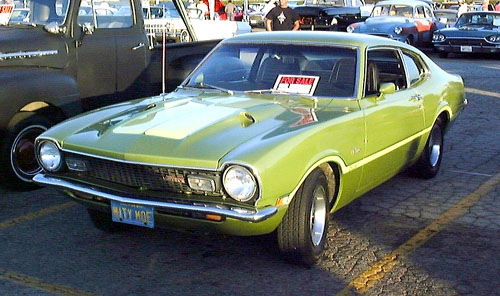
The Ford Maverick Grabber’s design was considered somewhat awkward, with a long hood and short deck that didn’t quite achieve the sporty look Ford intended. However, the Grabber trim included an optional 302 cubic inch V8 engine that provided respectable power, making it a budget-friendly muscle car choice during the early 1970s.
1983 Chevrolet Malibu
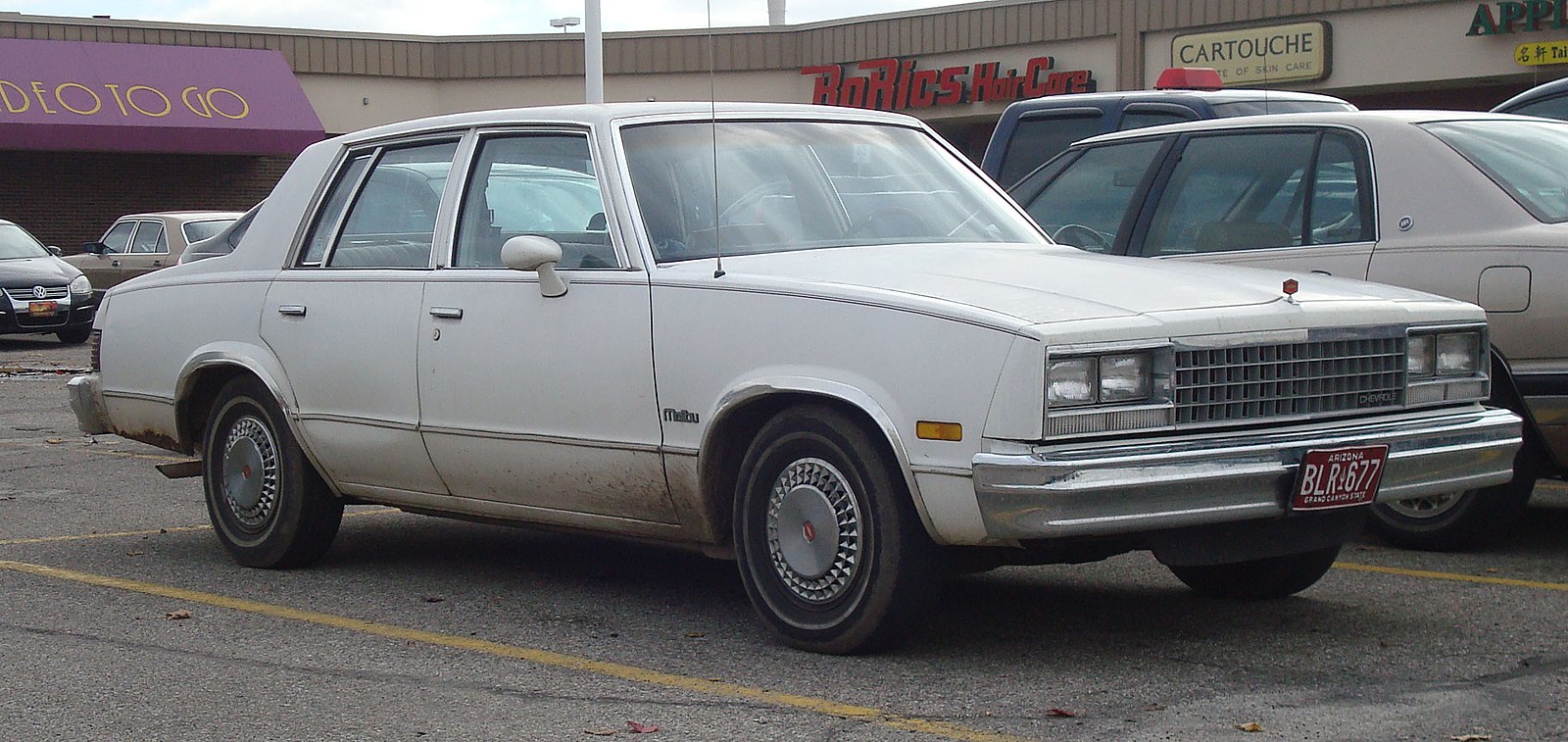
The 1983 Chevy Malibu featured a very conservative and unremarkable design that was a far cry from the striking looks of earlier Malibu models. However, with the optional 5.0-liter V8 engine, this car offered more get-up-and-go than its pedestrian exterior would suggest. It’s a classic example of a muscle car that didn’t look the part but delivered surprising performance.
This article originally appeared on MyCarMakesNoise.
More from MyCarMakesNoise
The Best Budget SUVs Under $30,000
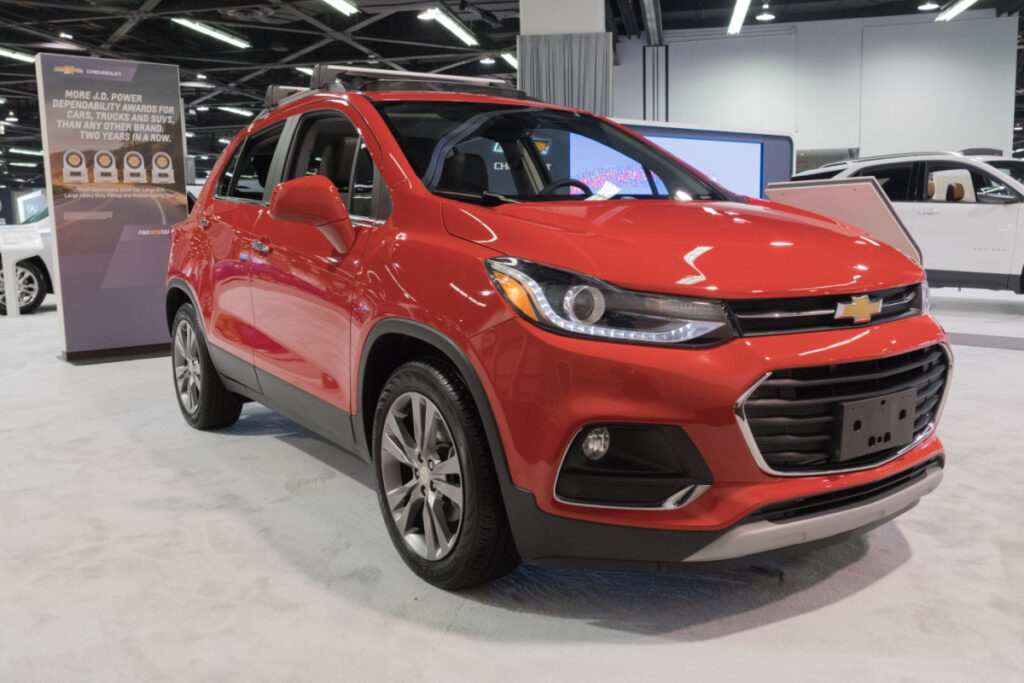
In an automotive market where SUVs have largely replaced sedans as the go-to choice for families and individuals, finding the perfect blend of affordability, reliability, and functionality can be challenging. For those on a budget, the search can feel daunting, but rest assured, there are many excellent options. Read More.
Celebrating the Best SUVs Ever Made
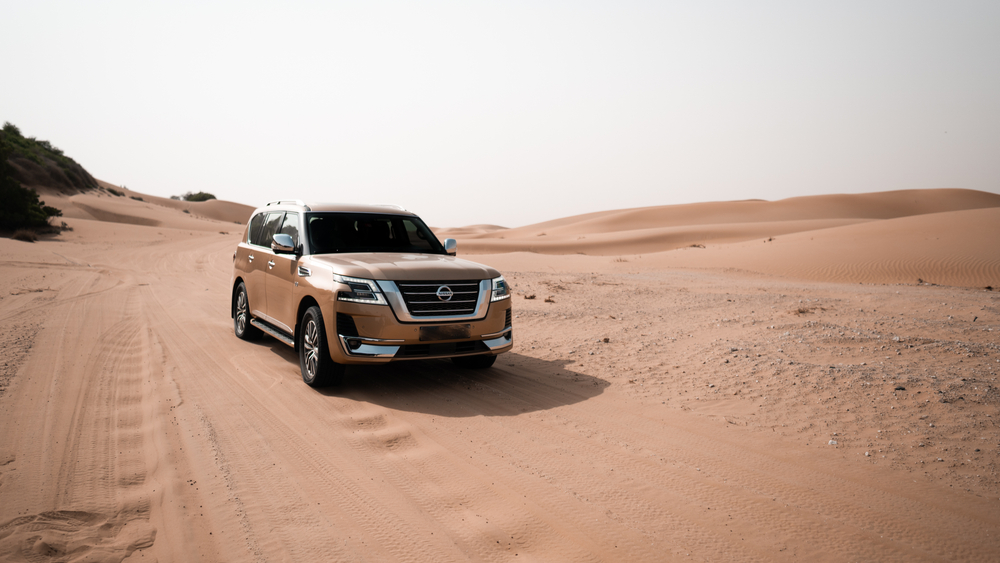
Representing a harmonious blend of power, durability, and versatility, these vehicles are more than just a means of transportation; they’re symbols of unbridled freedom and exploration. Read More.
Coolest Cars Inspired by Birds

This article delves into this unique intersection of engineering and ornithology, unearthing the stories behind iconic vehicles inspired by our feathered friends. Read More.

